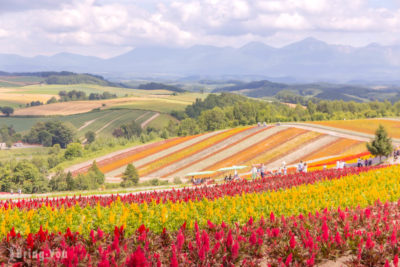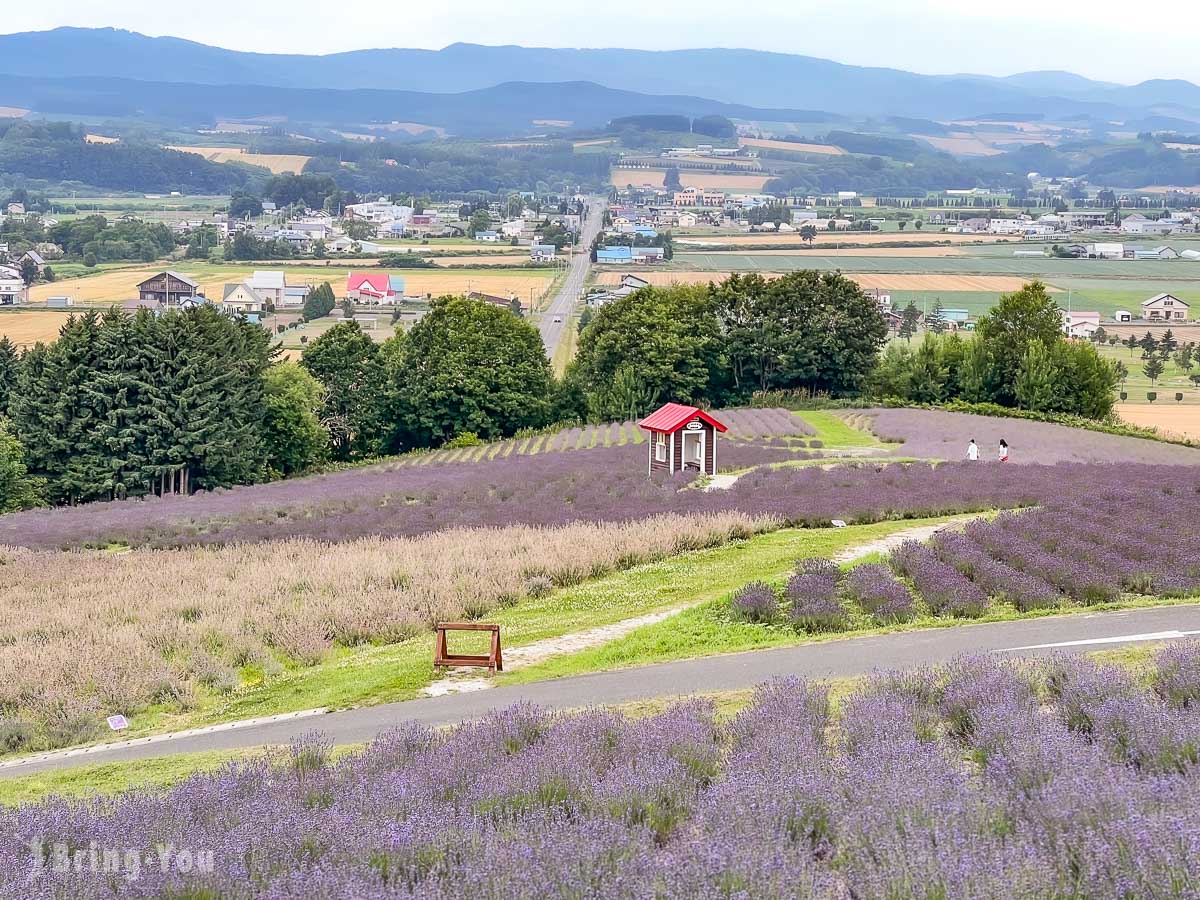
Setting off to Hokkai for the first time? I’ve got you covered!
In this article, I’ll be sharing how to break down your Hokkaido vacation into a multiple-day trip covering Sapporo, Otaru, Lake Toya, Noboribetsu, and more.
Hokkaido is much larger than any other prefecture in Japan and you may have heard or been told that much of the region is only accessible by rental car.
Given such a huge area, it’s better to save at least three full days with Sapporo as the base of your short trip. You can spend as much time in Hokkaido as you want. I recommend expanding to a two-week stay if you wanna make the most of your exploration here.
If you’re visiting Hokkaido in summer or winter and prefer a hassle-free itinerary, follow along with my suggestions that are less likely to overwhelm you.
More on that below!
Where Is The Best Place To Fly Into Hokkaido?
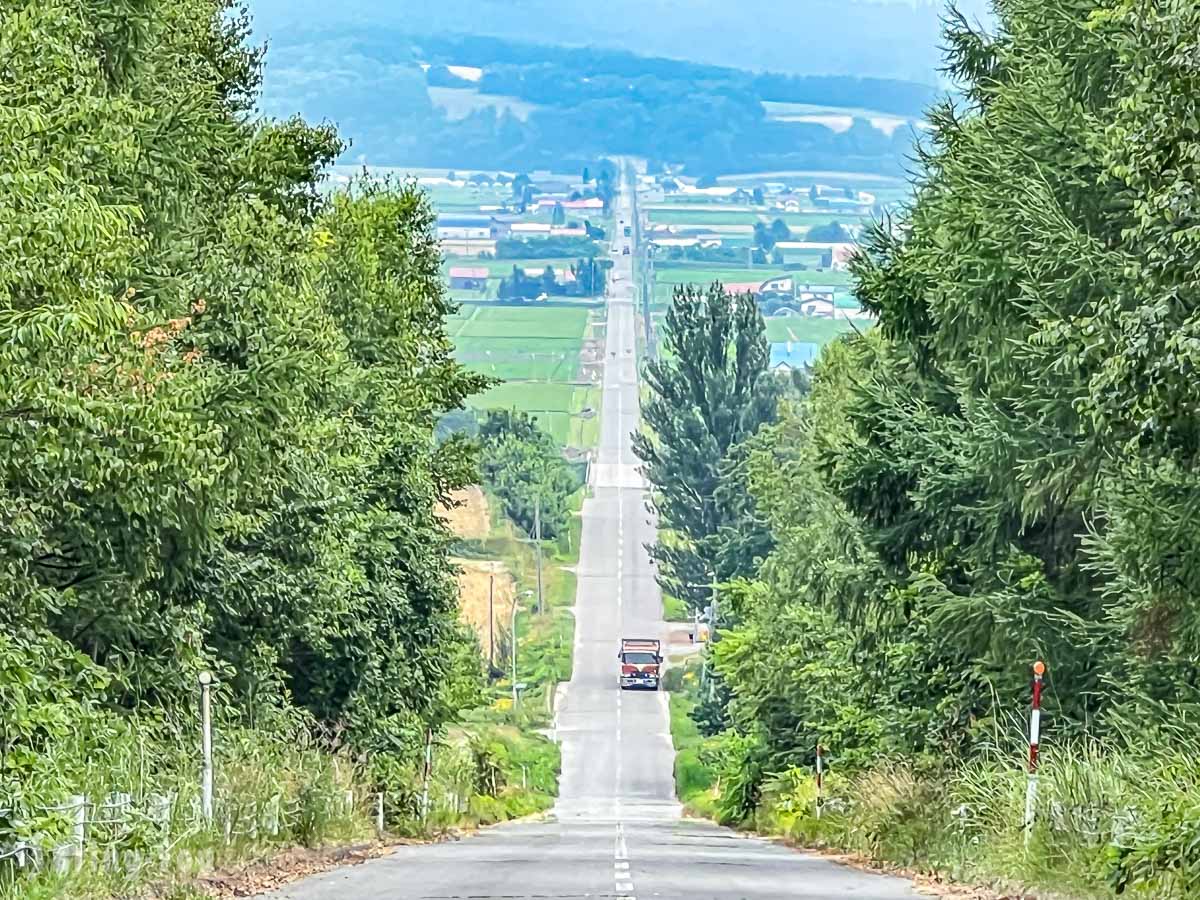
New Chitose Airport
Dubbed the gateway to Hokkaido, New Chitose Airport is ideal for flights to other prefectural airports. This is where you can find direct access to Sapporo, Otaru, Noboribetsu, Toya, and Niseko.
Flying into New Chitose Airport means you’re likely to use Sapporo as a base and explore suburbs such as Lake Toya, Furano, and Asahikawa.
The area around New Chitose Airport plays host to a heap of accommodations and dining options. On top of that, budget air carriers are more common here.
Hakodate Airport
Sitting south of Hokkaido, the surrounding area of Hakodate Airport captivates with picturesque night views, delectable seafood, and a unique blend of Japanese and Western buildings.
The only downside is the limit of public shuttles between Hakodate and Sapporo except for a 4-hour express train.
Asahikawa Airport
Asahikawa Airport is located in the middle of Hokkaido. It links to Furano and Biei and is wrapped around by a stunning national park.
Known as the second largest city in Hokkaido, Asahikawa is famous for a rich tradition in agriculture and manufacturing. In winter, the town becomes a big hook for skiers.
Keep in mind that flights to Asahikawa are limited, and prices may be higher.
Now you can plan your trip accordingly out of those three airports. The next thing you wanna check is the flight ticket. Prices may vary, with peak costs occurring during the ski season from December to February and the Lavender season in July. To snag the best deal, it’s advisable to book your ticket well in advance during these periods.
A Fool-Proof Advice To Map Out A Kick-Ass Trip To Hokkaido
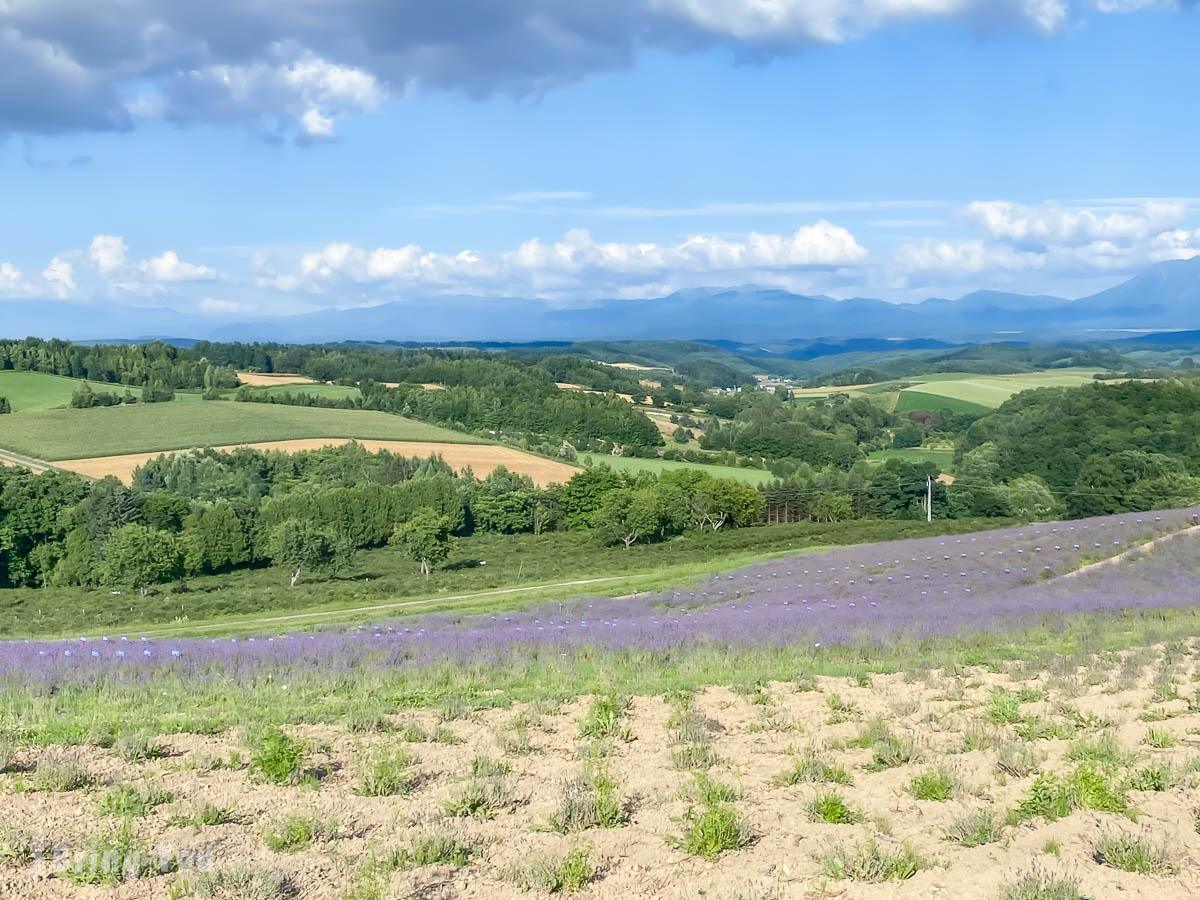
Hokkaido boasts four distinct seasons, each with its unique charm. For that reason, you wanna map out your itinerary and pick the right destination based on the time you visit.
While spring and winter are the best times to visit Hokkaido thanks to the enchanting blossoms and snow-blanketed scenery, autumn is my personal favorite for the splendid colors, fewer crowds, albeit occasional cold weather and rain.
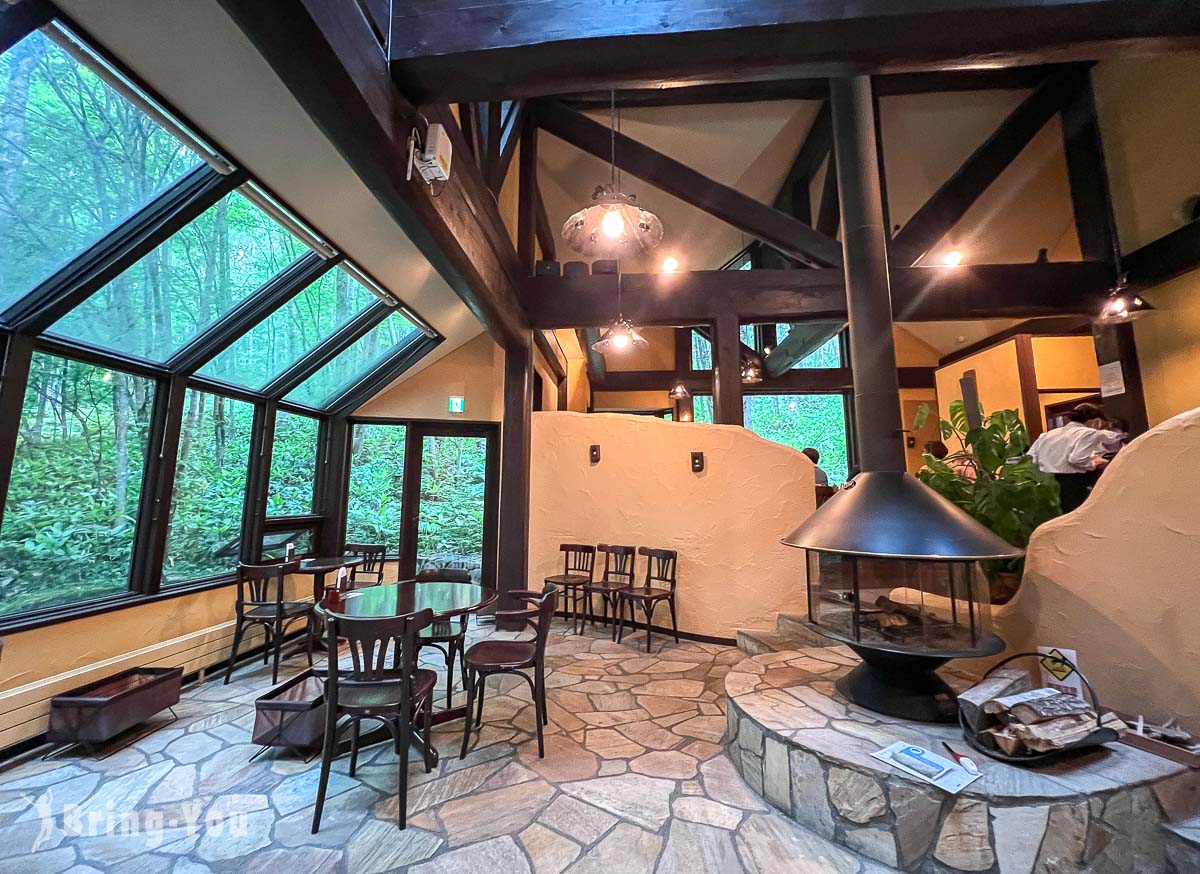
The list below shows a sample itinerary by duration. Four days make a minimum amount of time to explore Hokkaido, starting from Sapporo and Otaru flying into New Chitose Airport. Work your way around by adding Noboribetsu, Lake Toya, Biei, and Furano – expand the trip up to two weeks if preferred.
- 4 days, 3 nights: Sapporo, Otaru
- 7 days, 6 nights: Sapporo, Otaru, Lake Toya, Noboribetsu, Hakodate
- 7 days, 6 nights (May to September): Sapporo, Otaru, Biei, Noboribetsu, Hakodate
- 7 days, 6 nights (July): Sapporo, Otaru, Biei, Furano
- 13 days: Sapporo, Otaru, Biei, Furano, Lake Toya, Noboribetsu, Hakodate
Read More: What Is Hokkaido Best Known For? An Ultimate Attraction List By Region
Sample Itinerary #1: Sapporo & Otaru
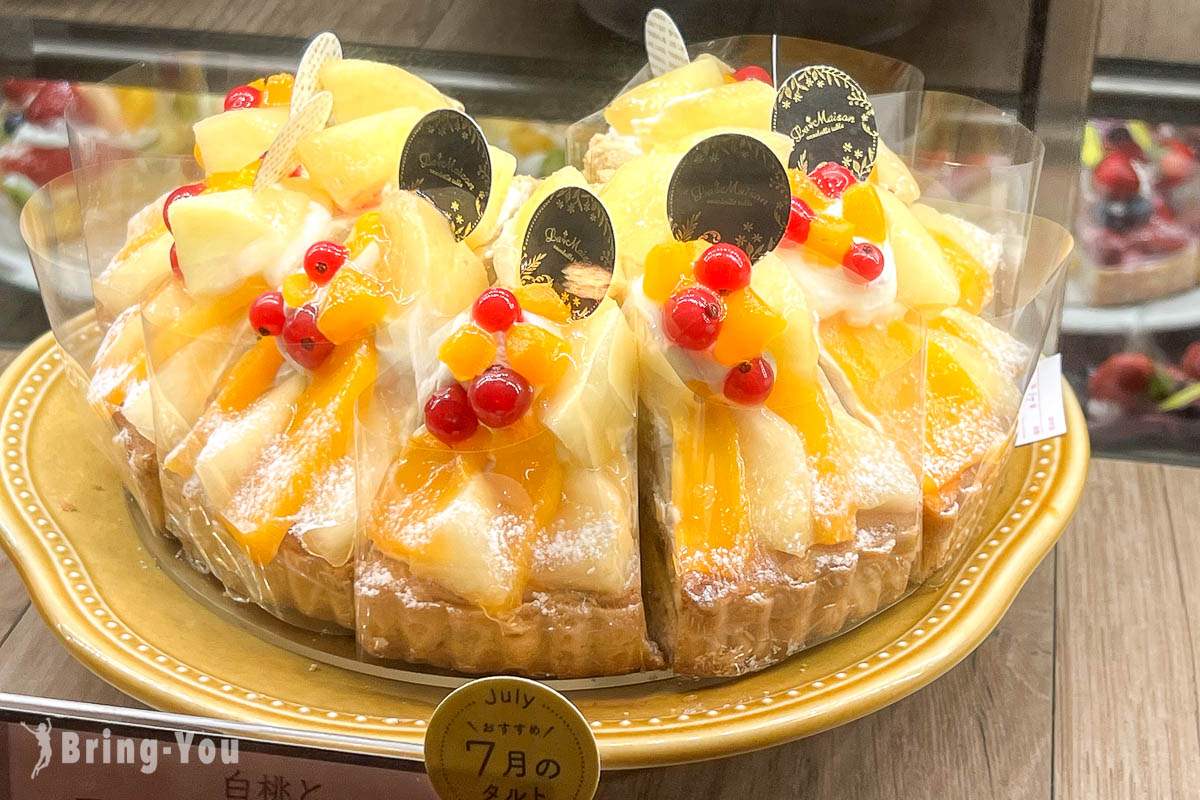
Sapporo and Otaru are some of the most talked-about destinations in Hokkaido, with Sapporo being the 4th largest city in all of Japan. History buffs consider Sapporo an insightful destination steeped in rich history and cultural attractions.
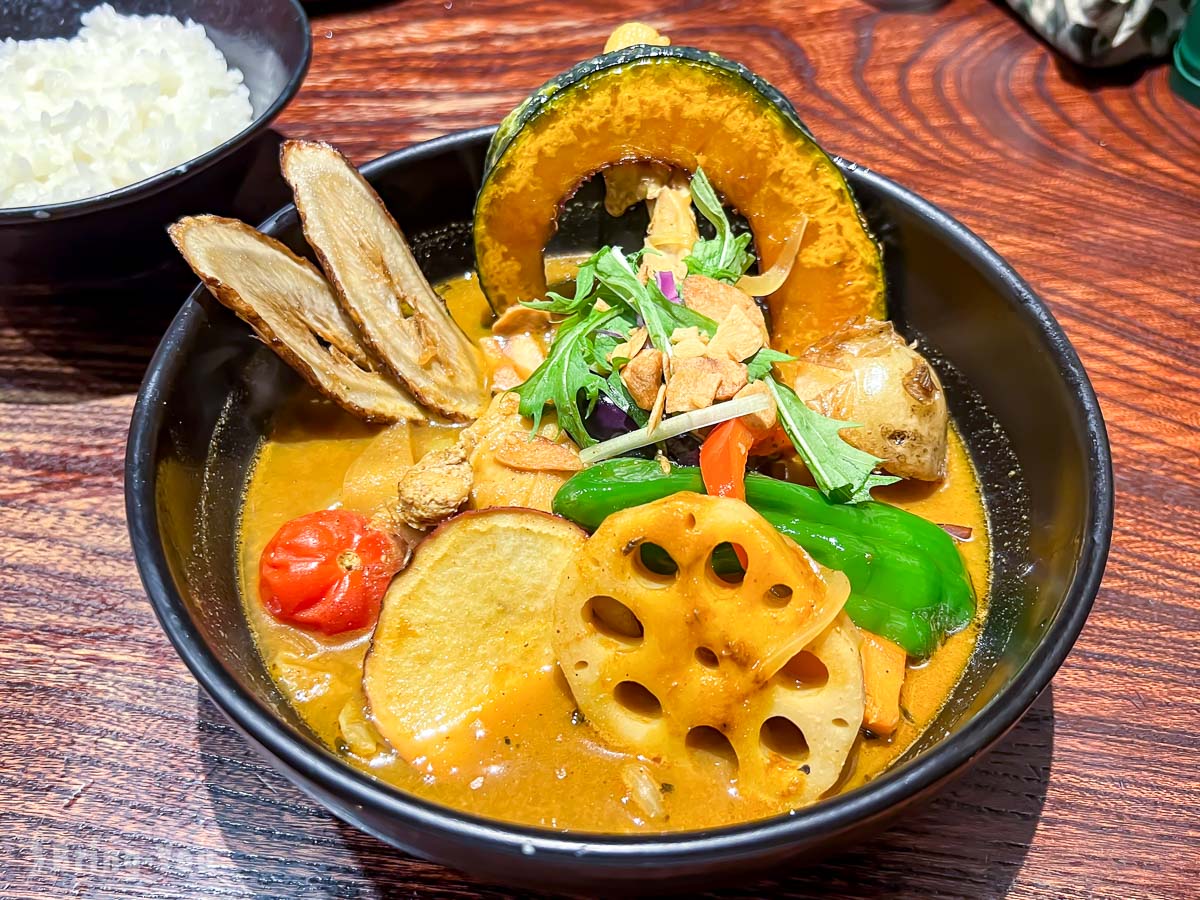
Sapporo Station serves as the main transport hub so stick to this area and book your lodge accordingly. Some of the best places to keep you occupied on the first day are Sapporo JR Tower, Stellar Place, Bic Camera, and Tokyu Department Store.
On day two, hop on a subway ride to the rear area to see Hokkaido Shrine, Shiroi Koibito Park, and Sapporo Beer Museum in the morning.
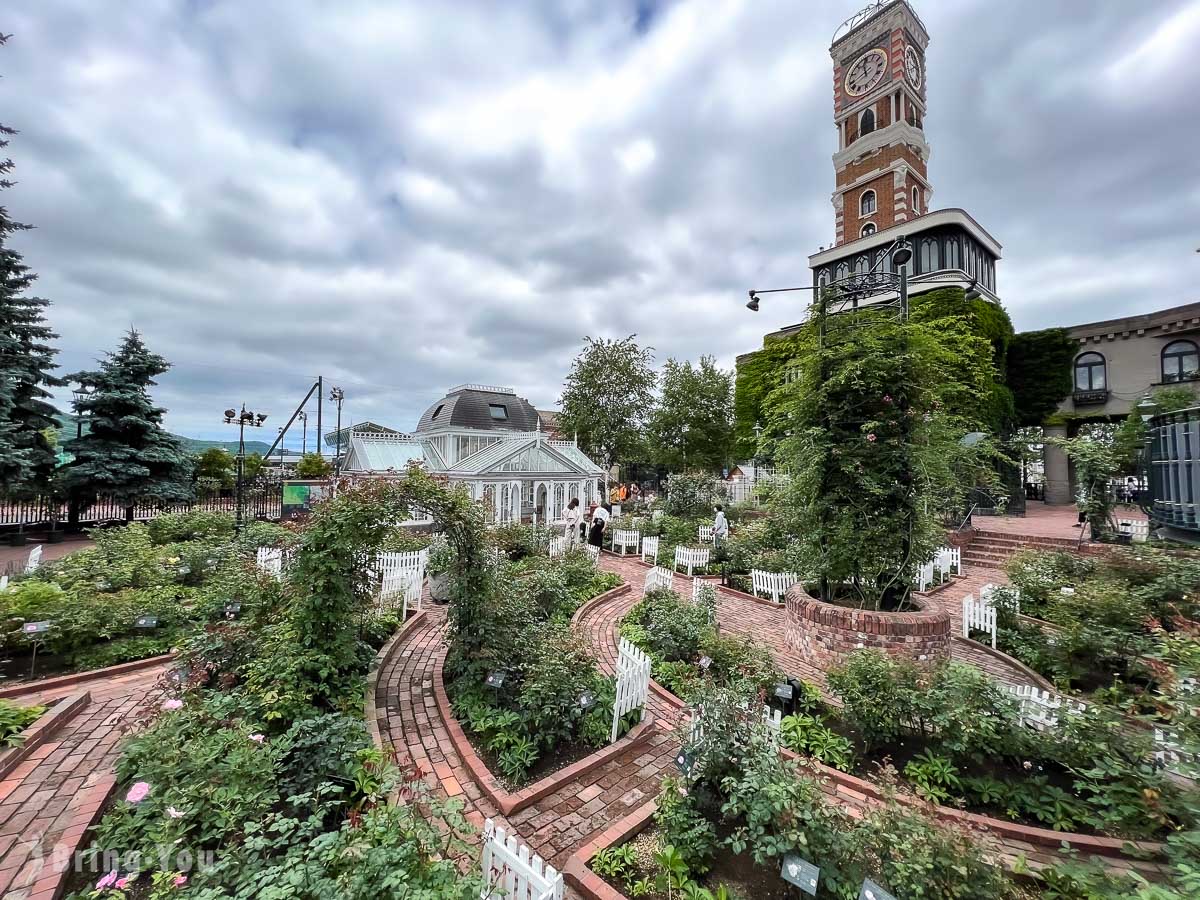
In the afternoon, set out to Odori Station, stroll through Odori Park, and explore Tanukikoji Shopping Street.
Save the last two days for Otaru. All it takes is an hour’s train ride from Sapporo Station to Otaru Station. Stick to the coastal area, and jot down the Otaru Steam Clock and Otaru Museum on your map. Don’t forget to ride a boat along the scenic Otaru Canal!
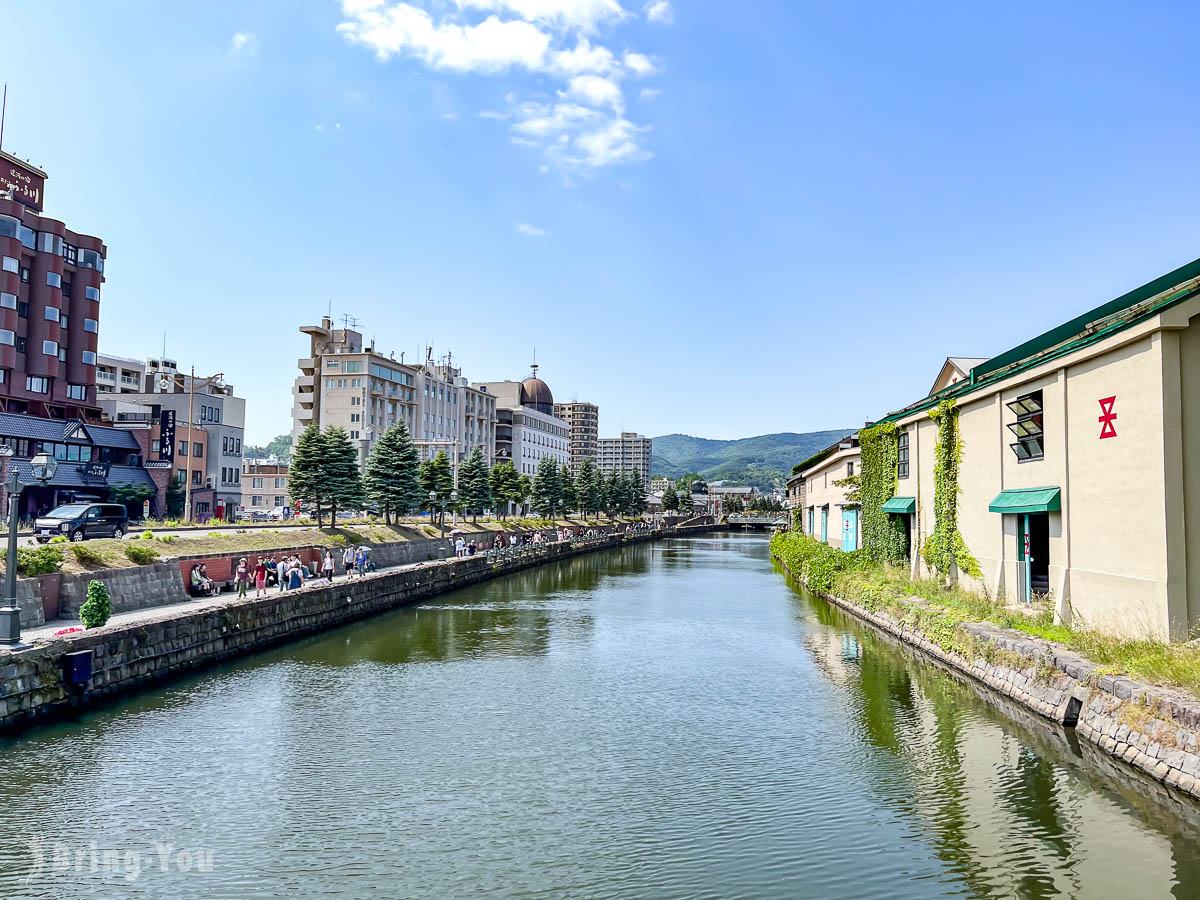
Sample Itinerary #2: Biei & Furano
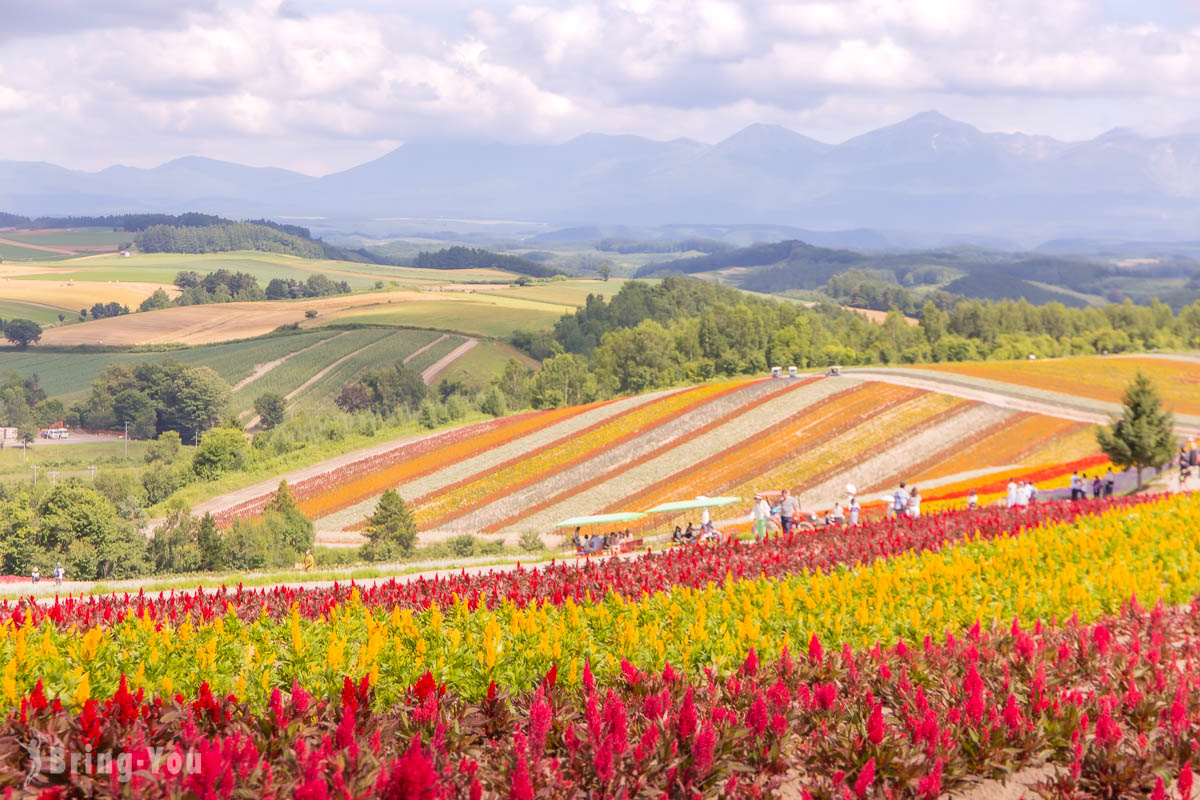
Reach out to Biei on a four-hour train ride directly from Otaru Station. If you set out from Sapporo Station, the trip to Biei Station is 30 minutes shorter.
Biei lies north of Hokkaido, known as a charming small town surrounded by rolling hills and vast fields. Right here, you can bike around to the flower fields. One of the most sought-after fields in Biei is the Patchwork Road, aptly named for its fields’ appearance from above.
The entire field promotes stunning rural landscapes no matter which season you visit. Summer and autumn bring vibrant colors, while winter blankets everything in a serene layer of snow.
If time allows, jot down Farm Tomita on your Furano bucket list. Farm Tomita emerges as an incredible fairyland blanketed by a thick lavender field.
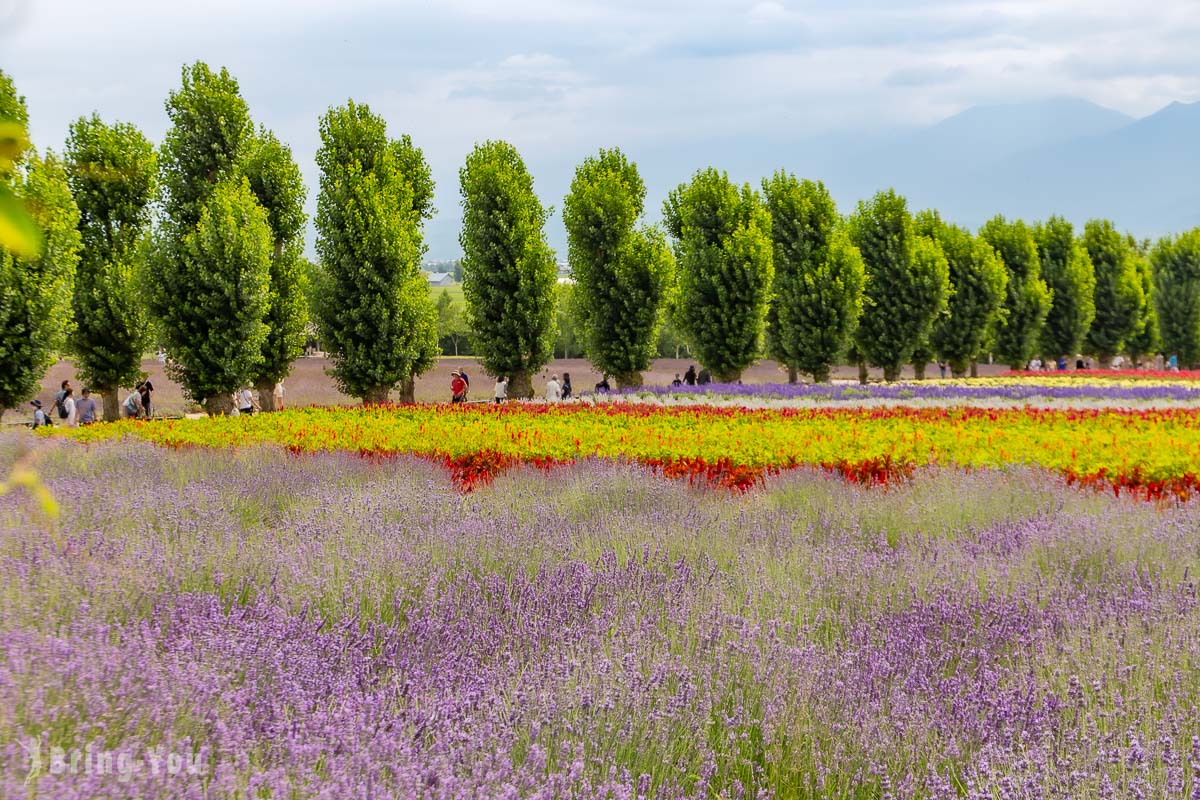
Make sure to search for their unique dessert: lavender ice cream. It’s surprisingly delightful, as is the case with many Japanese treats.
Sample Itinerary #3: Lake Toya + Noboribetsu
Jutting out to the very south of Hokkaido right at the tip, Noboribetsu is a “holy land” for natural hot springs.
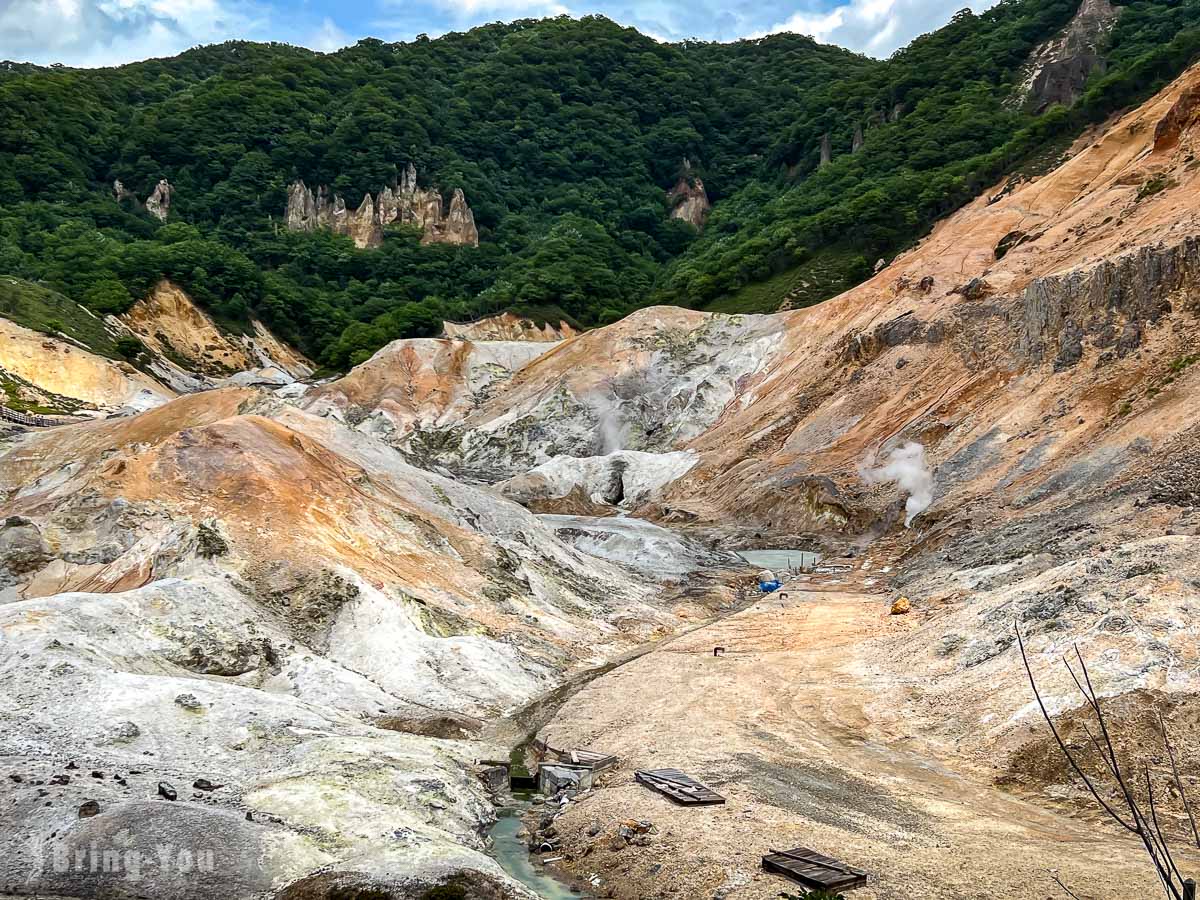
Despite its bustling atmosphere, it’s a must-visit. One of the best places to visit in Noboribetsu is the Hell Valley. Stroll around this scenic patch way and work your way further to River Oyunuma Natural Footbath at the end of your hike to experience their relaxing foot soak after tackling some inclines.
On the way back from Noboribetsu, consider a detour to either Lake Toya or Lake Shikotsu in Shikotsu Toya National Park.
While Noboribetsu is famous as an onsen town, Lake Toya captivates with volcanoes and peaks, providing breathtaking views that make it one of the most iconic sights in the region.
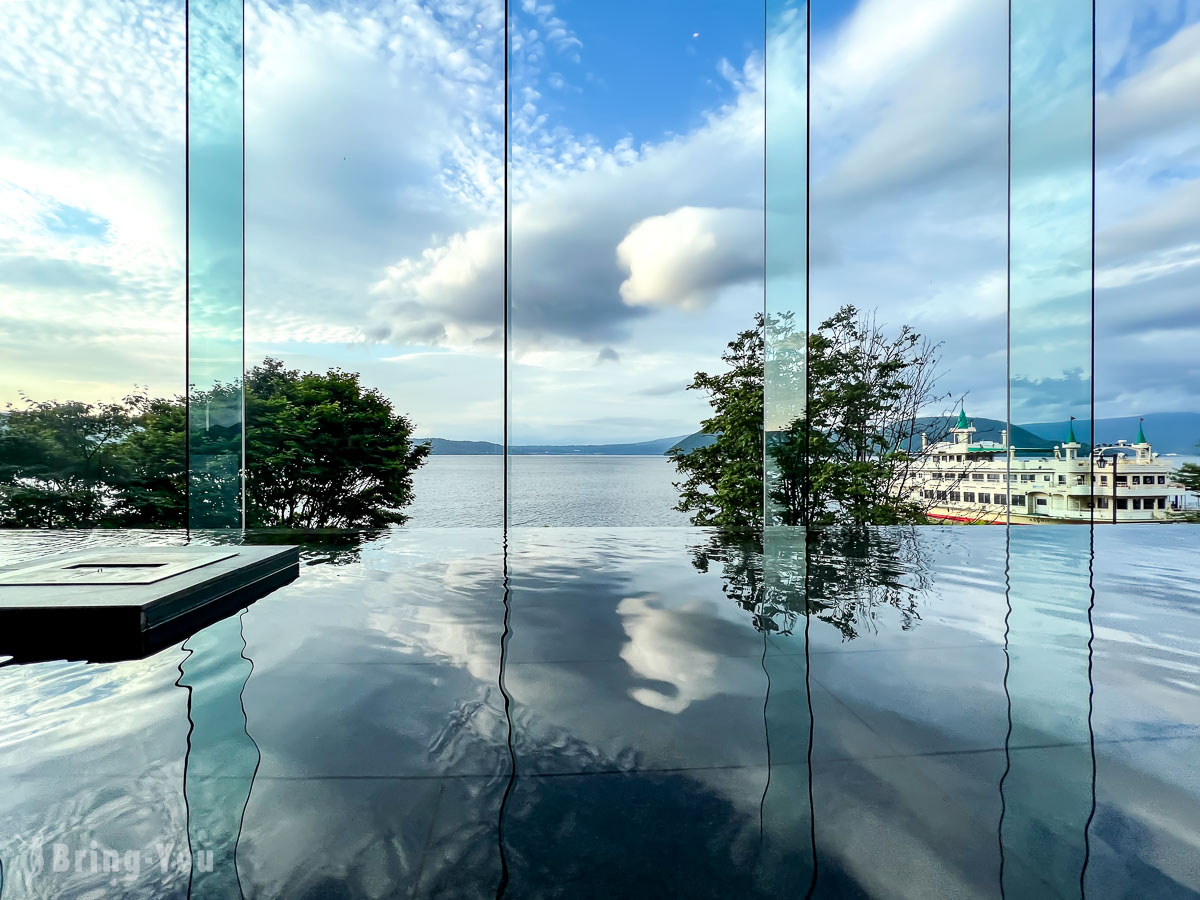
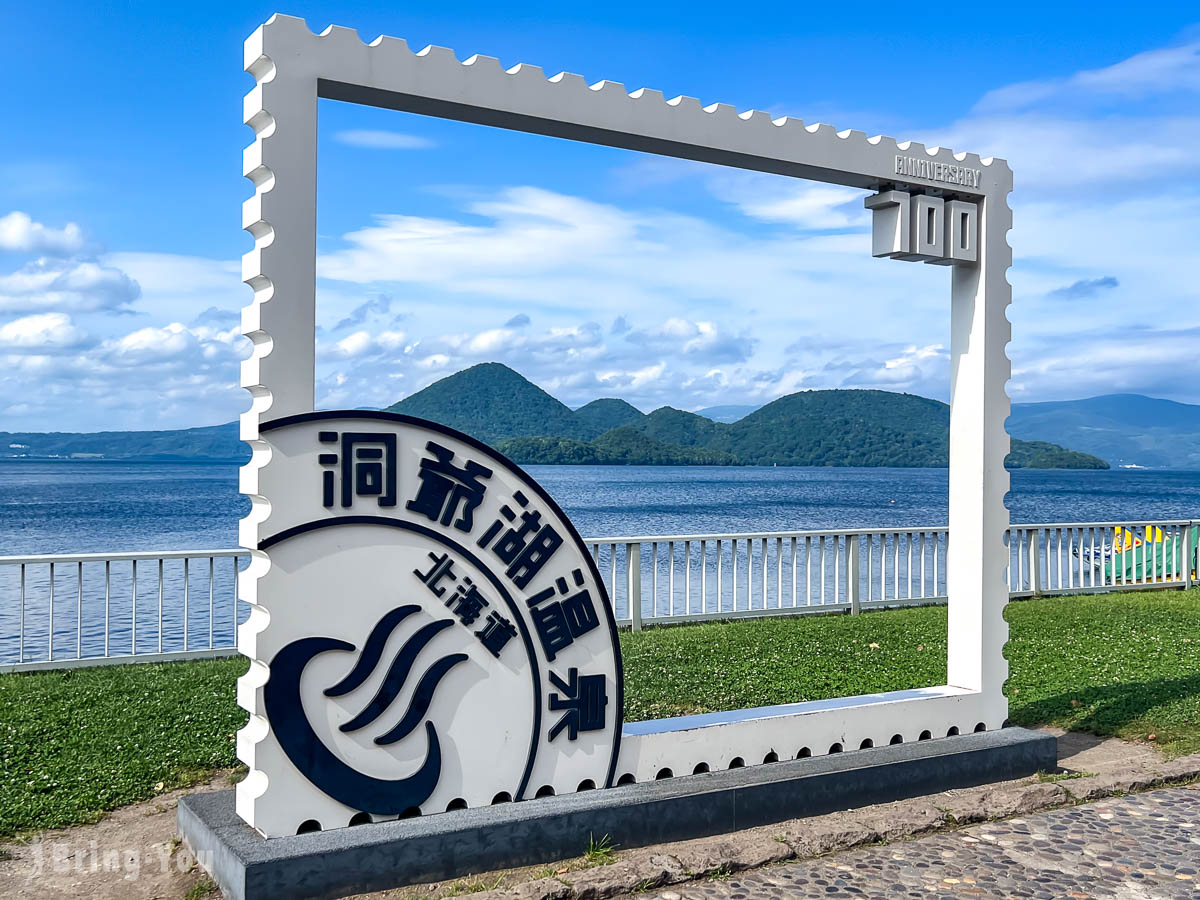
Sample Itinerary #4: Hakodate
On the southern end of Hokkaido, the mountainous city of Hakodate captivates with its endearing night vista and the historic Goryokaku Fort.
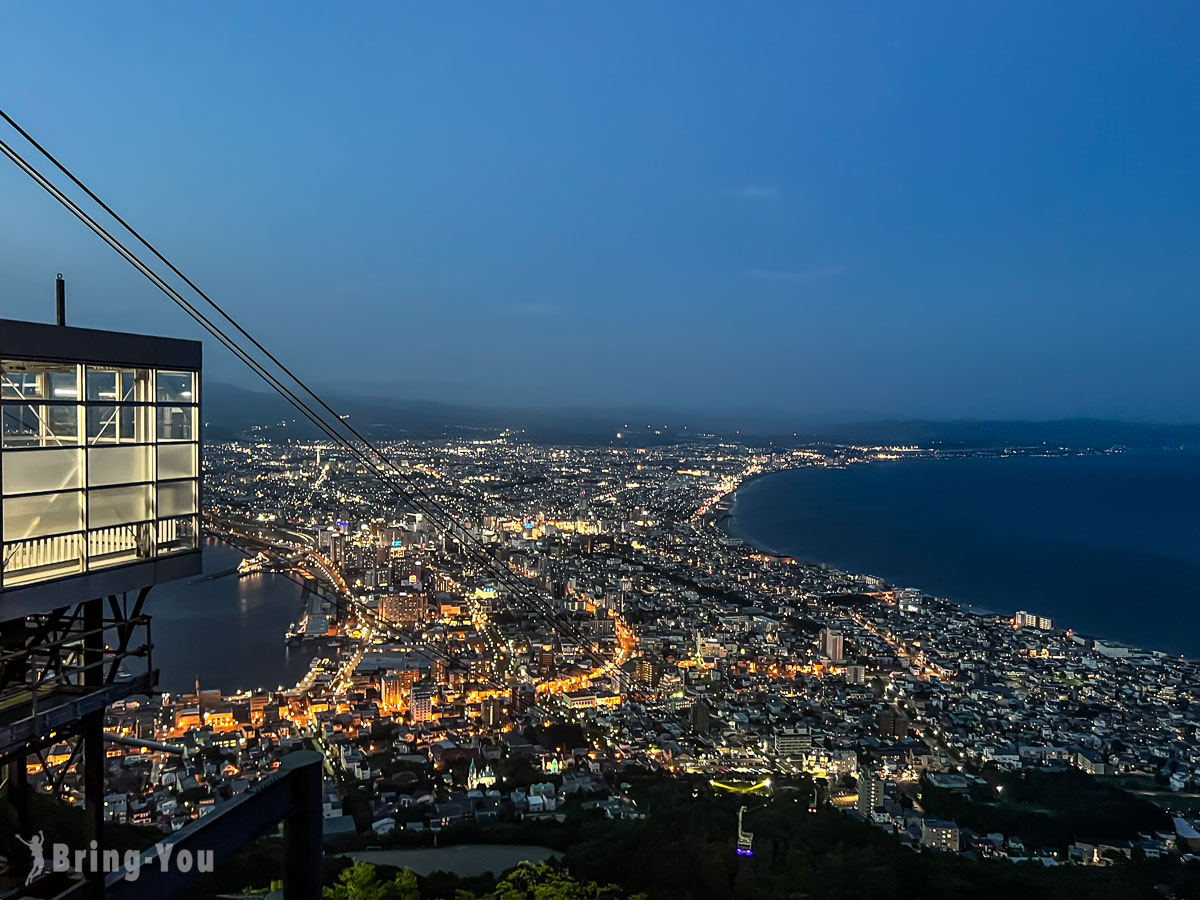
Hakodate also attracts big foodies for its delectable seafood scene at the Hakodate Morning Market Square. To sightsee, check out Hachiman-zaka Slope where ancient buildings assemble with a mix of European and Japanese flair.
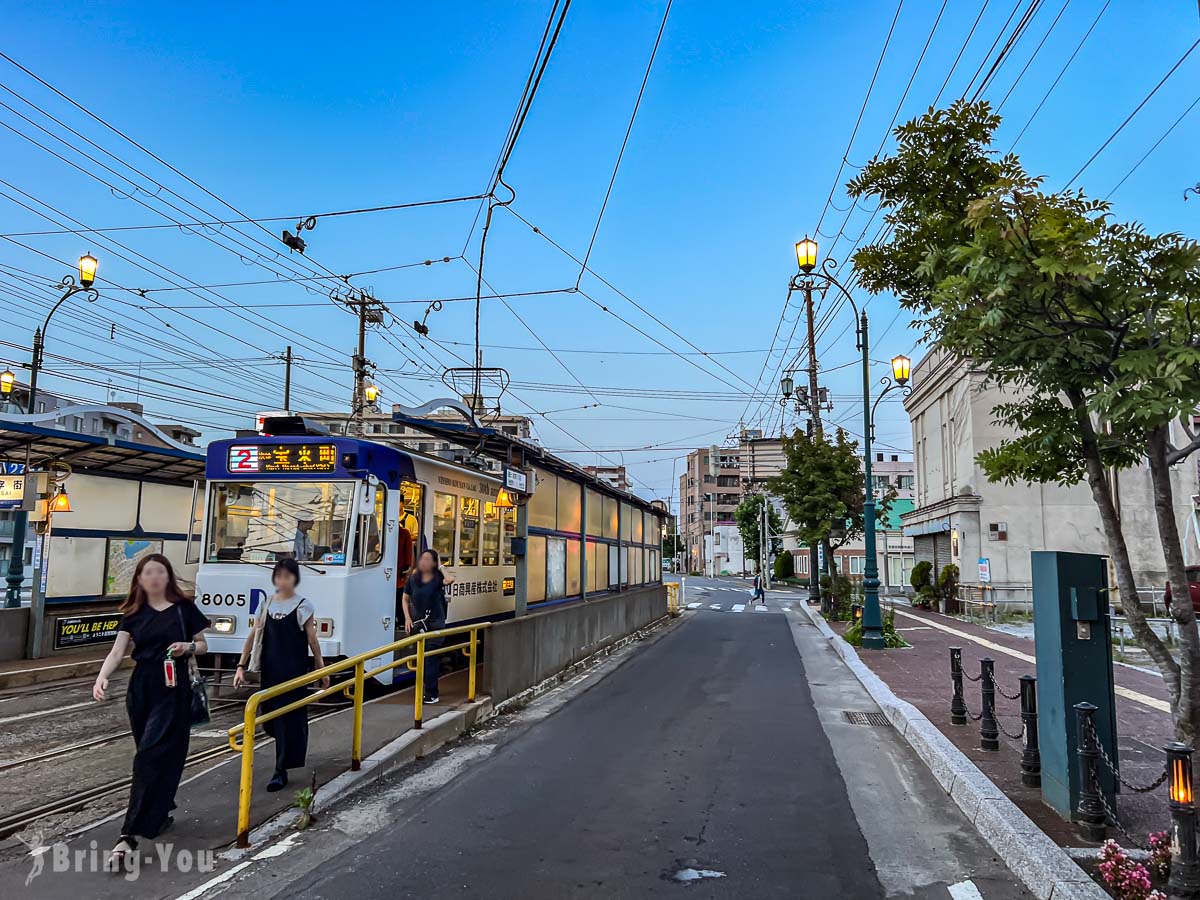
To celebrate the rich history that Hakodate has to offer, consider riding its historic tram network. Despite diminishing over time, it remains a convenient means to explore Goryokaku, Motomachi, and Mt. Hakodate Ropeway.
Obtain a day pass that only costs YEN 600! It’s a cost-effective method to save some bucks if you wish to rely on the trams to get around town. The pass is available for sale from tram drivers as well as at hotel front desks and the Hakodate Tourist Information Center at Hakodate Station.
Best Time To Visit Hokkaido
Winter From December To February
Hokkaido transforms into a snowy paradise from December to February when the lush snowfall blankets the island, creating ideal conditions for winter sports. Furano becomes the hottest spot in Hokkaido when winter is around the corner, boasting top-notch ski resorts catering to all ski levels.
Spring From March To May
As winter retreats, Hokkaido bursts into color and blossoms from March to May. Like other famous spots in Japan, cherry blossom viewing has become everyone’s favorite thing to ring in the new year in Hokkaido.
The prime time to view cherry blossoms is from late April to May when the fleeting beauty of this enchanting flower sets the scene for hanami (flower viewing) parties.
Beyond cherry blossoms, don’t miss Furano’s lavender fields, a major attraction blooming from late June to early August if you wish to hit the island in summer and early autumn.
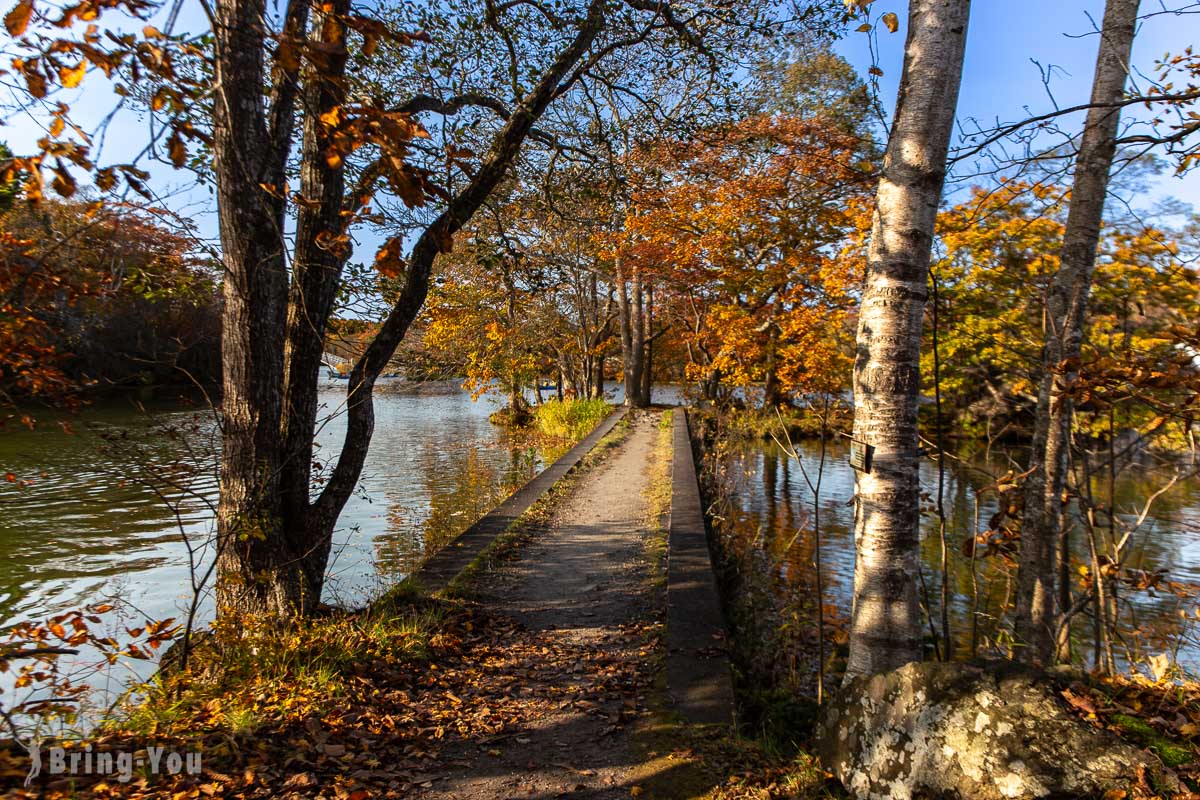
Final Words:
Hokkaido is not a small region, making a wise travel plan even harder for first-time visitors. My key takeaway for you is to pick your favorite towns and destinations first based on the season you visit, followed by a transport guide.
Smart clothing is your next homework.
Spring: Expect a slow warm-up in April, averaging around 8°C and a minimum of 4°C. Thin long sleeves and warm jackets suffice.
In summer, it’s generally comfortable with cool winds, minimal rain, and rare typhoons. Opt for short-sleeved clothes and a jacket. Nights may drop below 20°C, so a warm jacket is handy for those sensitive to cold.
Rains come at the end of August, so pack along short sleeves plus a thin jacket or thin long sleeves to suit the changing weather.
January and February are the coldest, averaging -4°C and dropping to -6°C in winter. Down jackets, gloves, woolen hats, scarves, and snow boots are essential.
Be Inspired With My Japan Travel Guides
- Amanohashidate Day Trip Guide: Kyoto’s Spiritual Journey with Stunning Views
- Miyama: Discovering the Enchanting Thatched Roof Farmhouses of Kyoto’s Remote Mountain Village
- Best Things To Do Near Ueno Station (+ A Brief Guide to Ueno Station Exits)
- A Day Exploring Ikebukuro Station Area: Anime, Arcade, Pokemon, & More
